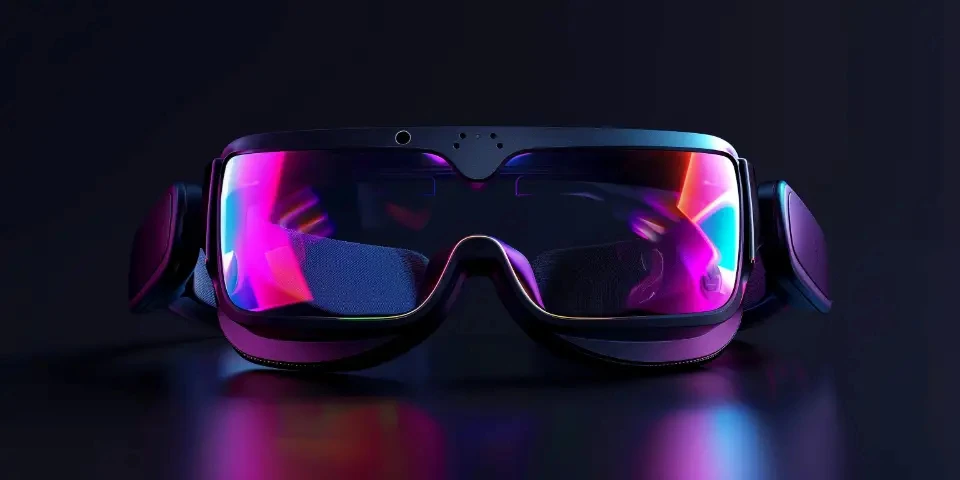With the rapid advancements in artificial intelligence (AI), a new realm of possibilities has opened up in the field of image generation. AI-powered algorithms can now generate uncensored images, pushing the boundaries of creativity and imagination. This unrestricted imagination brings forth a multitude of benefits and challenges, as discussed in the following sections.
1. Creative Expression without Limitations
AI-generated images provide artists and designers with a blank canvas to unleash their creativity without any constraints. By combining different elements, styles, and colors, these images can be used in various fields such as advertising, fashion design, and digital art. This newfound freedom allows for the exploration of uncharted territories, resulting in visually stunning and unique creations.

2. Redefining Ethical Boundaries
While AI-generated images offer endless possibilities, they also raise ethical concerns. With the ability to generate lifelike images of individuals, there is a potential for misuse, such as creating fake identities or spreading false information. As a society, we must establish ethical guidelines and regulations to prevent the abuse of this technology.
3. Overcoming Creativity Blocks
Artists often face periods of creative block where ideas seem elusive. AI-generated images can serve as a catalyst to overcome these blocks by providing inspiration and fresh perspectives. By utilizing AI-generated images as a starting point, artists can build upon them and add their own unique touch, leading to innovative and thought-provoking artwork.
4. Enhancing Design Processes
In various design fields, AI-generated images can streamline the iterative process. Designers can use these images as placeholders or reference points to visualize their concepts quickly. This accelerates the design process while allowing designers to focus on refining and implementing their ideas efficiently.
5. Addressing Personalization Challenges
Personalization has become an essential aspect of many industries, including marketing and e-commerce. AI-generated images can play a significant role in addressing the challenges associated with personalization. By generating images tailored to individual preferences, companies can create targeted advertisements, personalized product recommendations, and immersive virtual experiences.
6. The Role of Generative Adversarial Networks (GANs)
Generative Adversarial Networks (GANs) are a prominent technique in AI-generated image generation. GANs consist of two neural networks—the generator and the discriminator—competing against each other. This competition leads to the continuous improvement of image generation, resulting in more realistic and high-quality outputs.
7. Potential Limitations and Challenges
While AI-generated images hold immense potential, they also face certain limitations. These limitations include the inability to comprehend abstract concepts fully, a tendency to generate biased or stereotypical images based on training data, and the challenge of replicating human creativity and emotions in generated images. Addressing these limitations will be critical for ensuring the responsible and ethical use of AI-generated images.
8. FAQ:
Q: Can AI-generated images completely replace human artists?
A: AI-generated images can be a valuable tool for artists, but they cannot replace human creativity and emotions. Human artists bring a unique perspective and depth that AI algorithms lack. AI-generated images are best utilized as a collaborative tool that augments human creativity.
Q: How can AI-generated images be used in the field of advertising?
A: AI-generated images can help advertisers create visually striking and attention-grabbing campaigns. They can be used to represent diverse target demographics, develop personalized advertisements, and explore innovative design concepts.
Q: Are AI-generated images copyrighted?
A: The copyright ownership of AI-generated images can be a complex legal matter. As of now, copyright laws mostly attribute ownership to humans who trained the AI algorithms. However, as AI advances, legal frameworks may need to evolve to accommodate the unique challenges posed by AI-generated images.
8. Conclusion
AI-generated images have opened up new horizons and possibilities in creative fields. While they offer unrestricted imagination and have the potential to streamline design processes, ethical concerns and limitations should be carefully addressed. By leveraging the power of AI responsibly, we can harness the full potential of uncensored, AI-generated images and revolutionize various industries.
Looking for the right companion who understands your passion for cats doing cute things? Wemate AI loves those videos too! Join for some purr-fect conversations!






